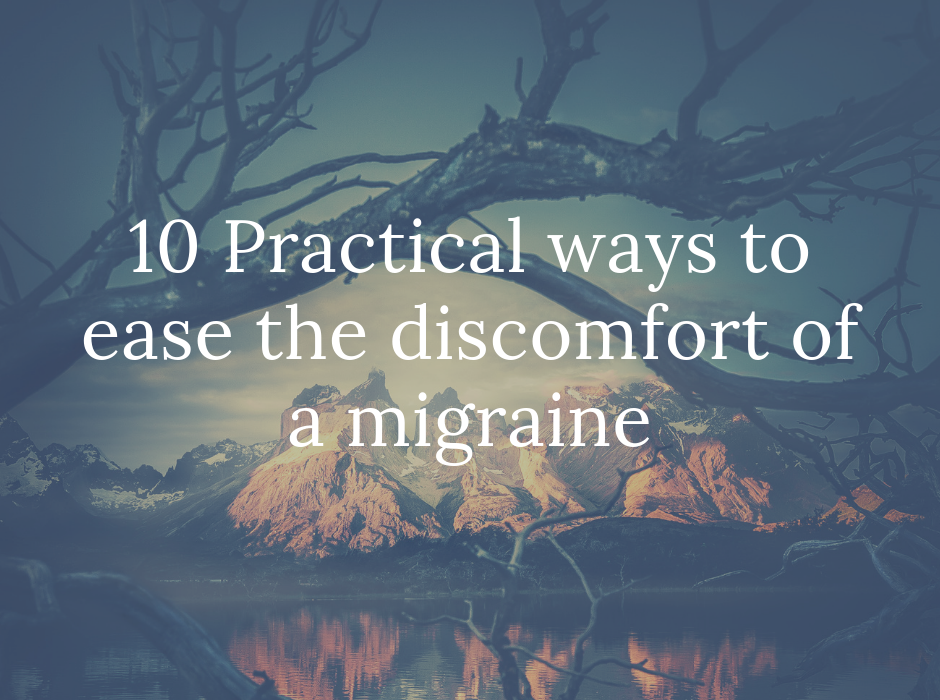
Many people who have never experienced a migraine assume they are just bad headaches. But the truth is they are severely debilitating and disabling.
In my previous post: A migraine is not just a bad headache, myself and 25 fellow sufferers described what it feels like to experience a migraine, in an attempt to break this common misconception.
I would like to follow up this post with some practical suggestions on how to ease the discomfort of a migraine, and possibly prevent or reduce the frequency of attacks.
I again utilised the knowledge of fellow migraine sufferers, this time asking: ✔️What do you do when you feel a migraine coming on? and ✔️what is in your migraine survival kit?
The following is a collection of items sufferers swear by, and also actions they take to survive these debilitating attacks. Thank you to everyone who contributed.
But first up I would like to talk about migraine causes and triggers.
What Causes a Migraine?
The exact cause of migraine remains unknown. Research suggests that genetic and environmental factors may play a role.
Studies have linked changes in the brainstem and the trigeminal nerve, which mediates pain, to migraines.
Chemical imbalances in the brain may also be involved. Researchers have found that serotonin levels drop during migraine attacks, causing the trigeminal system to release substances called neuropeptides, which cause headache pain.
A change in the weather or barometric pressure, which can cause imbalances in brain chemicals, might prompt a migraine.
There are several different types of migraine, which are diagnosed based on the symptoms experienced. Some are triggered by changing seasons or hormonal changes in women.
Migraine Triggers
Although the exact cause of migraines is unknown many sufferers report certain activities, situations, and sometimes foods, trigger a migraine or increase their likelihood of experiencing an attack.
Not every migraine sufferer has known triggers. These triggers vary from individual to individual, but there are also some common ones. By establishing and avoiding your triggers you may be able to reduce the frequency and severity of your attacks, and even in some cases, prevent them.
As I mentioned in my previous post, my migraines are hormonal, but I also have many triggers which I have discovered over the years, and I try my best to avoid them. But sometimes, frustratingly, there appears to be no trigger at all.
Here are some common triggers;
- Overexertion
- Stress
- Fatigue
- Caffeine
- Alcohol
- Sugar
- Weather changes
- Humid weather
- Hormones
- Too much Screen time
- Reading
- Poor sleep
- Chocolate
- Bright or flashing lights
As my migraines are hormonal, I have a period of time when I know attacks are more likely. This pre warning does mean I can be extra careful to avoid my triggers at this sensitive time, but it also heightens my anxiety, because I know they are coming.
What helps ease my migraines
I have suffered from migraines now for nearly 30 years. I have tried every prescription medication available but I haven’t found one that prevents my migraines. The only time I had relief from them was when I went on the progesterone-only contraceptive injection. It was a blissful 7 years, but sadly the injection caused me to develop osteoporosis, so I had to come off it.
So, if I can’t prevent migraines, what do I do? There are a few things I have tried that do help ease the pain, and other symptoms of a migraine attack. I will mention these, along with the remedies suggested by fellow sufferers.
What to do when a migraine strikes
I reached out to fellow migraine sufferers to get some suggestions on what to do when a migraine strikes. Some suggestions were quite common, while others a bit more unusual. And a couple I hadn’t even heard of before, so I’m looking forward to trying them myself.
So, the following is a collection of items sufferers swear by, and also actions they take to survive these debilitating attacks. Thank you to everyone who contributed.
1. Take Prescription Medication
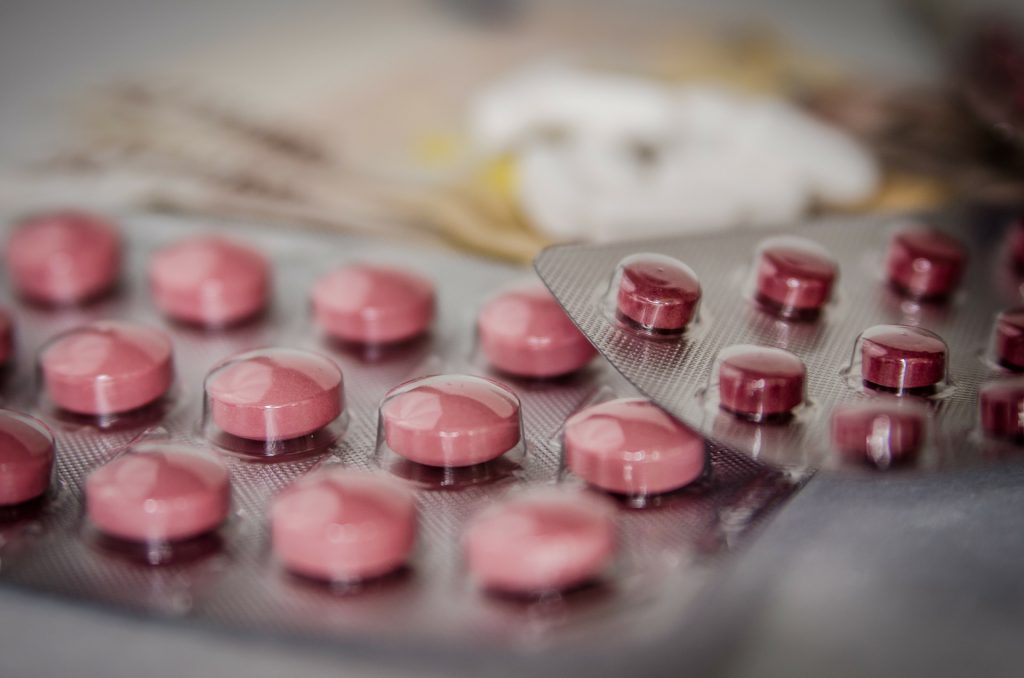
Many people do find relief from migraines, and even prevent them from occurring using various medications. Sadly this is not the case for me, but I do find taking a strong painkiller or muscle relaxant, calms and sedates me enough to try and ‘sleep off’ the migraine.
Here are some medications used by fellow sufferers:
✔Sumatriptan
Sumatriptan is a common migraine treatment. It is said to help relieve headache, pain, and other migraine symptoms (including nausea, vomiting, sensitivity to light/sound). Some sufferers find that taking Sumatriptan at the first signs of an attack can prevent a full migraine from occurring. Sumatriptan belongs to a class of drugs known as triptans. It affects a certain natural substance (serotonin) that causes narrowing of blood vessels in the brain. It may also relieve pain by affecting certain nerves in the brain.
Sumatriptan was suggested by Ruth Maxwell-Oliphant (her partner uses it) and Beth B C Trew, who said the following about her son: “If he takes a sumatriptan as soon as he feels one coming it helps but makes him dreadfully tired.”
✔Paracetamol and codeine
A common painkiller, and one I use myself when I have a migraine. This was also suggested by Debbi Pennington, Nirvana Sanctuary and Emma Louise Williams
✔Naproxen
Naproxen is a Non-steroidal anti-inflammatory drug (NSAIDs) which is commonly used to treat the pain associated with a migraine. It is available on prescription as tablets or as a liquid that you drink. You can buy it without a prescription from a pharmacy at lower strengths.
I’m personally allergic to all NSAIDs but many migraine sufferers find Naproxen helps ease their discomfort.
✔Diazepam
Diazepam is a muscle relaxant and anti anxiety medication. It’s my go-to medication when I have a migraine. It relaxes and sedates me so I’m often able to ‘sleep off’ a migraine, something which is impossible without it. Debbi Pennington also finds diazepam helps ease her discomfort.
✔Antiemetics
Antiemetic drugs are prescribed to help with nausea and vomiting, which are common symptoms of migraines. Debbi Pennington uses Antiemetics to help ease her symptoms.
2. Take Over-the-counter medication

Some over-the-counter treatments were suggested too.
✔Ibuprofen
Ibuprofen is a painkiller available over the counter without a prescription. It’s another NSAIDs painkiller. It’s known to control a high temperature (fever), ease mild to moderate pain, and inflammation. Ibuprofen was suggested by Debbi Pennington.
Other over-the-counter painkillers suggested: Paracetamol or Aspirin
✔Antihistamines
It’s not exactly known why antihistamines help prevent and ease migraines, but a lot of sufferers swear by them. Interestingly, allergic reactions like a runny nose or itching, are quite common with migraine patients, and migraines are two to three times more common in people with nasal allergies.
So it makes sense to treat your allergies with antihistamines or nasal sprays. They may actually improve your migraine symptoms.
Antihistamines are part of Emma Louise Williams survival kit, and my own too.
✔Travel sickness tablets
Nausea and sickness can play a big part in a migraine attack. As previously mentioned, there are prescription medicines that ease sickness, but I actually find basic travel sickness tablets help.
3. Try CBD oil or CBD Vape liquid
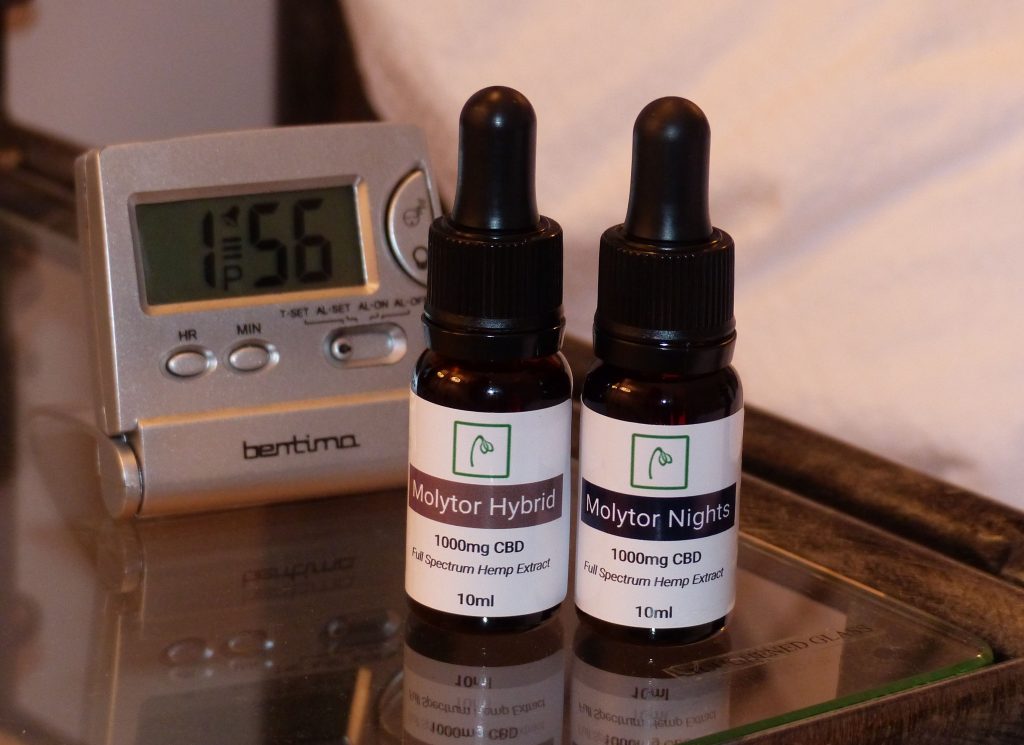
Although research on the use of CBD oil for migraines is limited, many sufferers, including myself have noted improvements in their symptoms after taking CBD. Personally I find a CBD vape liquid with certain terpenes added, the most effective, probably because the effects are experienced more quickly with while vaping than with other methods of consuming CBD. And certain terpenes have proven pain relieving properties, and also anti sickness and muscle relaxing effects.
I am also aware of some sufferers who have been able to prevent or at least reduce the frequency of their migraine using CBD oil, although this unfortunately isn’t the case with me. So why may CBD help relieve symptoms?:
Properties of CBD Oil that may relieve migraine:
- Potent analgesic (pain relieving) properties
- Antiemetic (preventing nausea and vomiting) properties
- Powerful anti-inflammatory effects
Along with myself, CBD oil was also suggested by Beth B C Trew. Her son uses it as a preventative and to help ease the discomfort when a migraine does occur.
✔Medical cannabis
Although not a legal option in the UK for migraine sufferers (yet), medical cannabis may be another effective treatment option. Medical cannabis patients in the US are finding relief of pain, less nausea, and better sleep. Patients also report less frequency and less severity of their migraine headaches with medical cannabis use. THC-rich cannabis can help abort or lessen the severity of a migraine, especially if taken at the onset of the pain. Some patients report that low-dose, regular use of THC-rich medicine significantly reduces frequency and severity of the headaches.
4. Experiment with other natural remedies
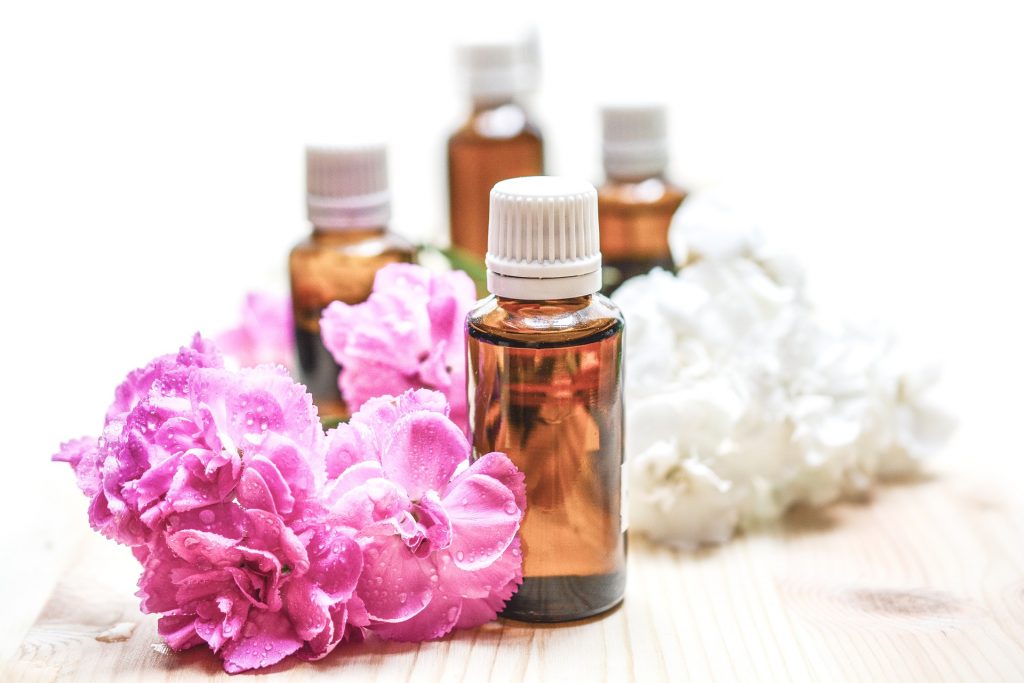
A number of other natural remedies were also suggested, both as a preventative and to help ease symptoms when a migraine occurs. These included:
✔High potency turmeric daily supplements – suggested by Carly_muir
✔Liquid magnesium – suggested by Beth B C Trew
✔Hemp balm. I find massaging hemp balm into my temples, forehead and back of my neck, helps ease the tension and pain of a migraine.
✔Feverfew was also suggested. Feverfew is an herb with a long history of medicinal use. Many studies have evaluated the use of feverfew in migraine treatment. In addition to treating general headache pain, feverfew may even help to prevent migraines.
✔Essential oils. There are a few essential oils that have been shown to relieve pain, ease tension and/or reduce nausea. Peppermint, Lavender, Rosemary, Sandalwood and Chamomile are a few essential oils which might provide relief.
5. Apply Ice packs
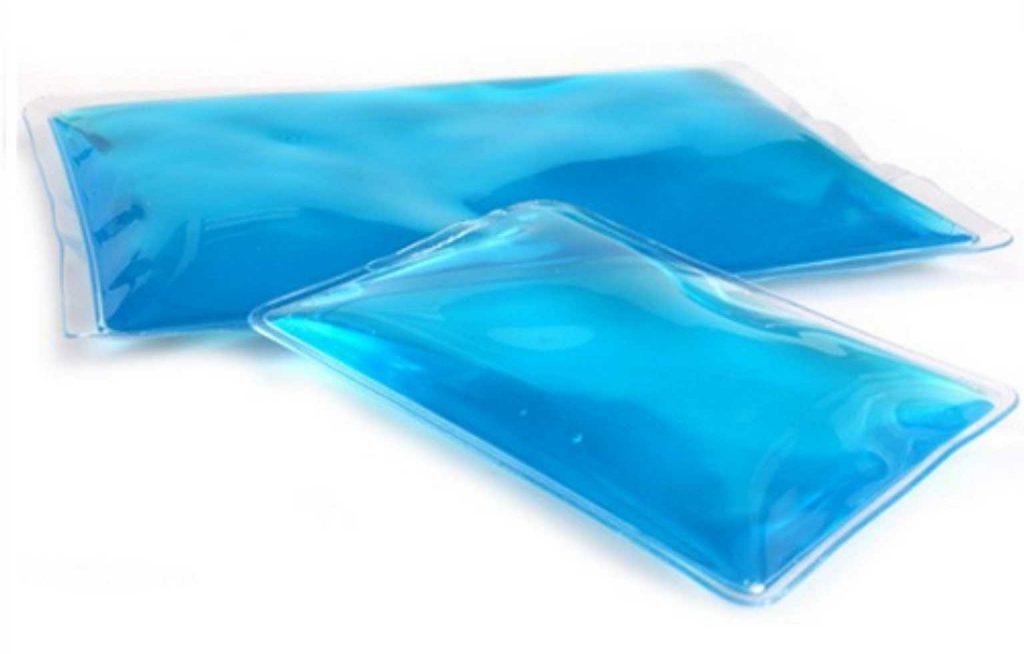
Ice packs are also commonly used to relieve the pain and discomfort of a migraine, and some people also find applying an ice pack to the head or back of the neck at the first signs of a migraine, can actually prevent a full blown attack.
I find ice packs help with the nausea associated with a migraine. I also overheat when I have an attack, so the cold brings some relief.
There are many products available which are designed to help you apply cooling relief to the areas needed.
“A Chillow pillow on the back of the neck” was suggested Debbi Pennington.
Or simply use what you have at your disposal. “Frozen peas on the back of my neck/base of skull” was a suggestion from Louise Wilson.
6. Use a migraine forehead patch
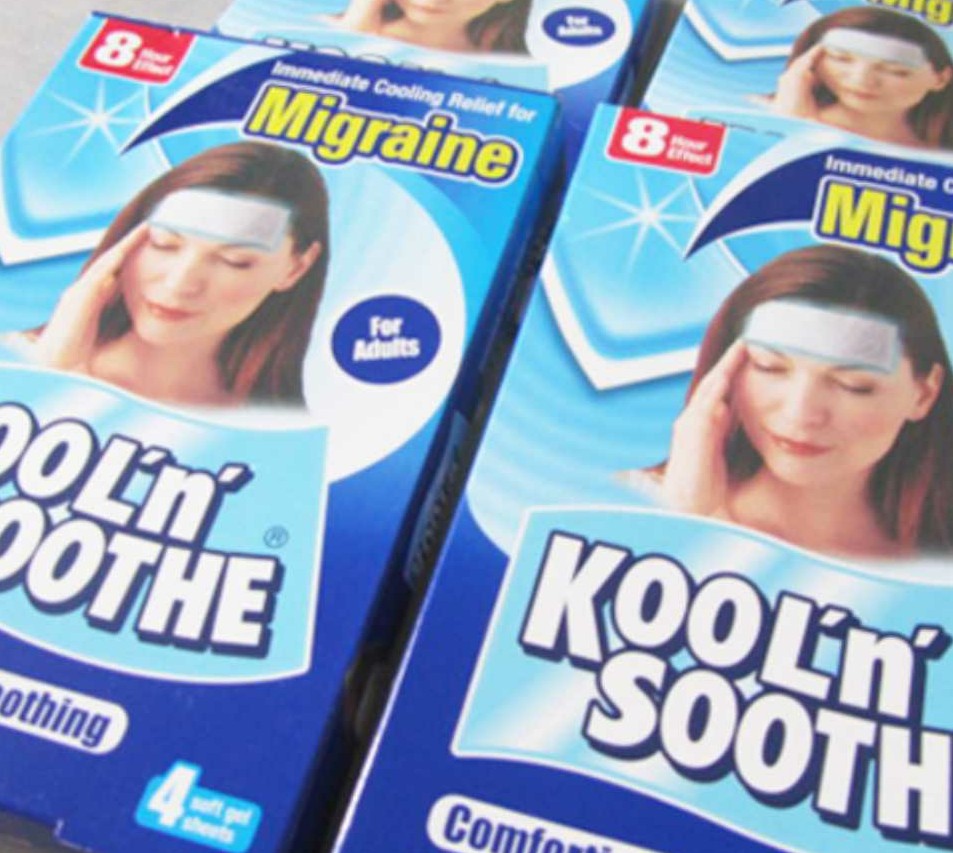
These patches are simply a strip of cooling gel, but I find they bring a surprising amount of relief from pain, and also the overheating I experience when I have a migraine. The relief I feel is instant.
Debbi Pennington also uses these simple patches to ease her discomfort.
You can also buy cooling forehead sticks which offer a similar cooling relief.
7. Take a Hot bath or shower
A few sufferers said the relaxing warmth from a hot bath or shower helped ease their pain, and the tension build up often associated with a migraine.
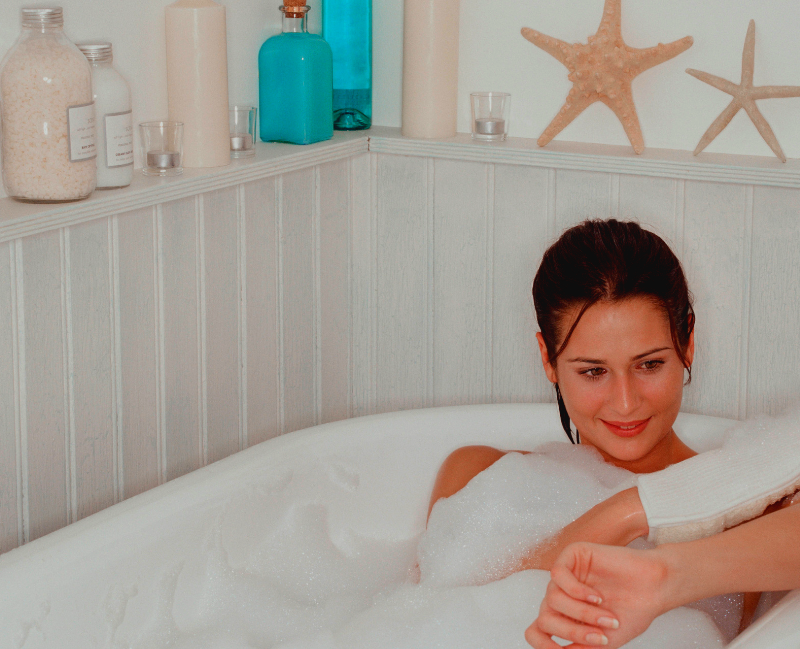
Louise Wilson finds a combination of cold and heat helps, she commented: “Frozen peas on the back of my neck/base of skull. While sat in a hot bath. Sounds crazy but if I catch it early enough this prevents it developing into a full blown migraine. Otherwise I’m just stuck with it.”
Nirvana Sanctuary explains their routine, which involves a hot shower:
“For me it’s Veganin painkillers, make myself sick, hot shower & sleep. Doesn’t always work, but more often than not if I catch it early.”
8. Drink a cup of sweet tea
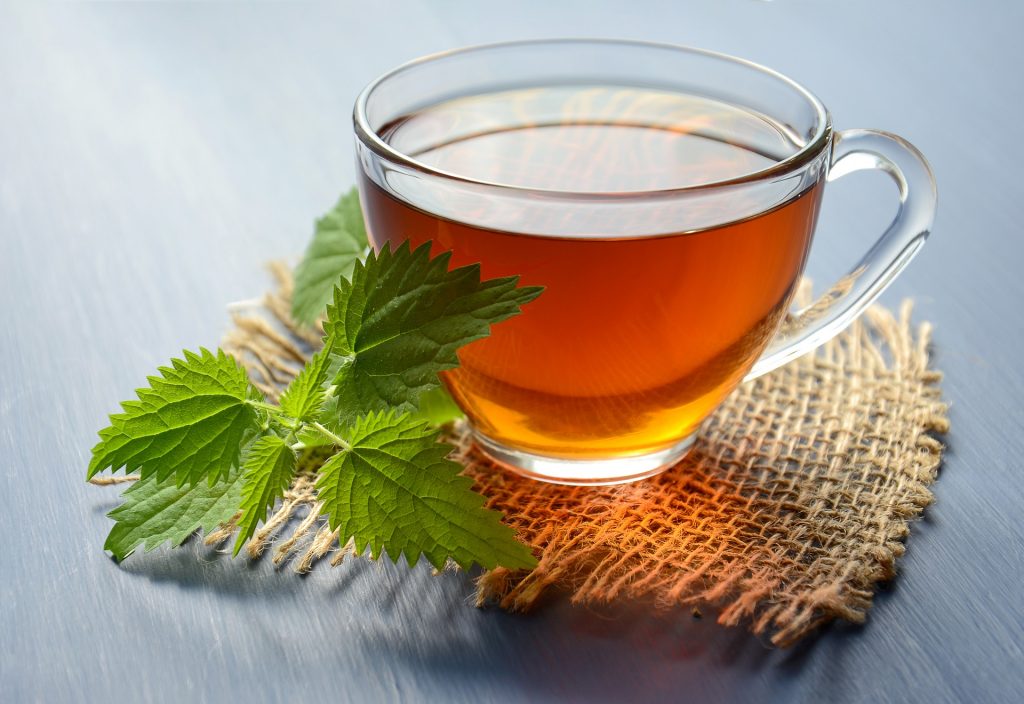
Sweet tea was suggested by a few people, and it’s not something I have tried before. But after doing a bit of research I can see drinking different types of tea may actually relieve certain symptoms.
While research hasn’t shown a conclusive benefit to drinking tea in regards to migraine, many people find that drinking tea is comforting, and provides some relief from the throbbing, distracting pain. It may also help ease some other symptoms of migraine, such as nausea.
Here are a few herbal teas that might help;
✔Peppermint and ginger teas can ease nausea and upset stomach.
✔Chamomile has been used to help ease anxiety, relieve stomach upset, and help with problems sleeping.
✔Feverfew tea contains a substance called parthenolide that may help prevent migraine attacks by reducing inflammation or by stopping the aggregation of platelets.
Caffeine; And it’s not just herbal teas that might help. Although caffeine can be a migraine trigger for some sufferers, it has also been shown to have pain relieving properties. Recent research showed that the caffeine in tea and coffee can relieve aches and pains at least as quickly as pain killing medication.
I’m definitely going to give this a try.
9. Practice rest and relaxation
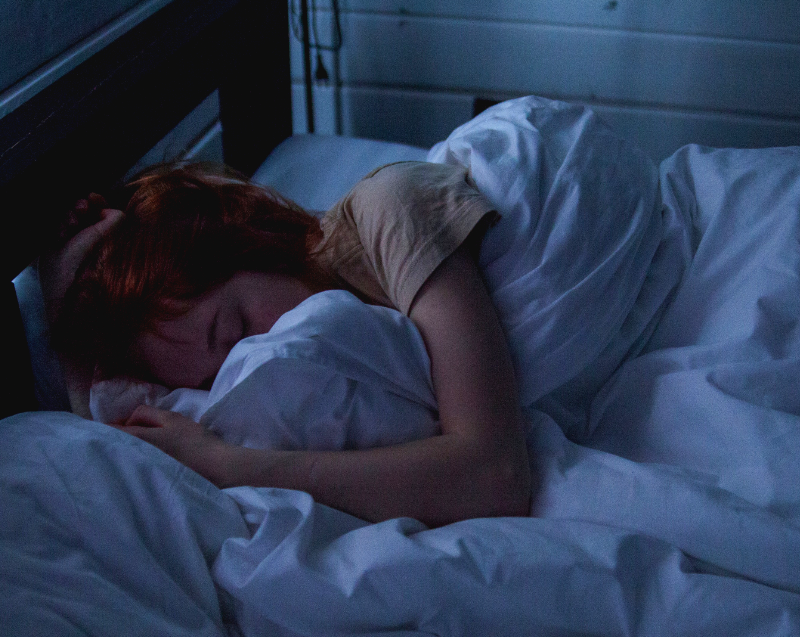
A number of migraine sufferers stressed the importance of rest, or trying to ‘sleep off’ a migraine. If I rest and stay calm during a migraine, the attack is less severe. And if I manage to fall asleep, then the duration of the attack is greatly reduced. So, if you feel a migraine coming on, please allow yourself to rest, it’s the best possible thing you can do.
“I haven’t found too much that can help other than reducing caffeine intake as soon as I sense one lurking and attempt to have a hot bath and an early night and hope ultimate relaxation works.” @JaneBrener
10. Find somewhere dark and quiet to rest
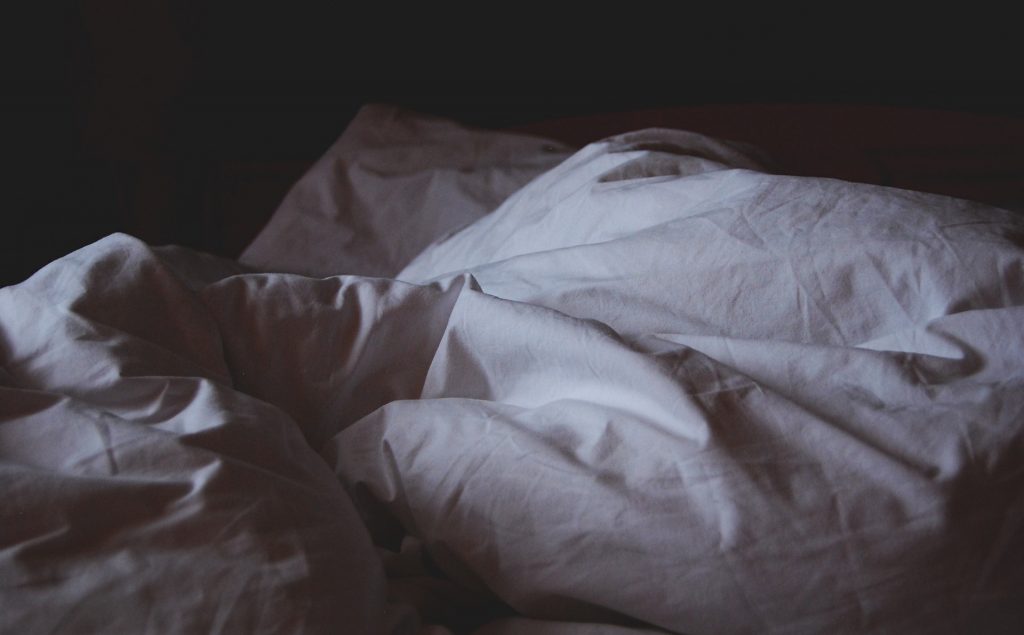
And probably the most common answer to the question: What do you do when you feel a migraine coming on? Was to turn off the lights and lay quietly in a dark room, or wear sunglasses if you are out of the house. Migraines often cause extreme sensitivity to light, so it’s not surprising that this was a common suggestion.
I personally have blackout blinds, and I turn off all light sources, including my mobile, when I feel the first signs of a migraine.
Emma Louise Williams routine is: “Paracetamol, Sunglasses, Antihistamine, Cool pack, Cup of sweet tea, Bed, Darkness, Sleep.”
Living with migraines can be hell. I hope this post has given you some practical things to try, not only to help ease your discomfort, but also reduce the frequency of your attacks. I know there are a couple of suggestions I will be trying the next time a migraine strikes. Take care x
✔️What do you do when you feel a migraine coming on? and ✔️what is in your migraine survival kit?
For more personal stories, reviews, news, inspirational quotes and in-depth discussion, please head over to my Facebook page.

Great article and information! Thank you for putting it all together – I suffer from migraines and this will be my go-to guide for the next one!
Great suggestions. I’m a migraine sufferer, so appreciate this.
Ice packs are the best when I have a migraine attack. I’ve heard good things about ginger before. I might have to try that one too!
Thanks for the suggestions. I’ve been trying CBD oil lately and have middling success with it, so I’m still looking for additional options.